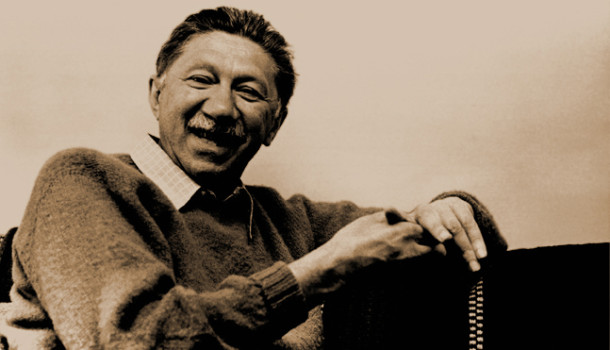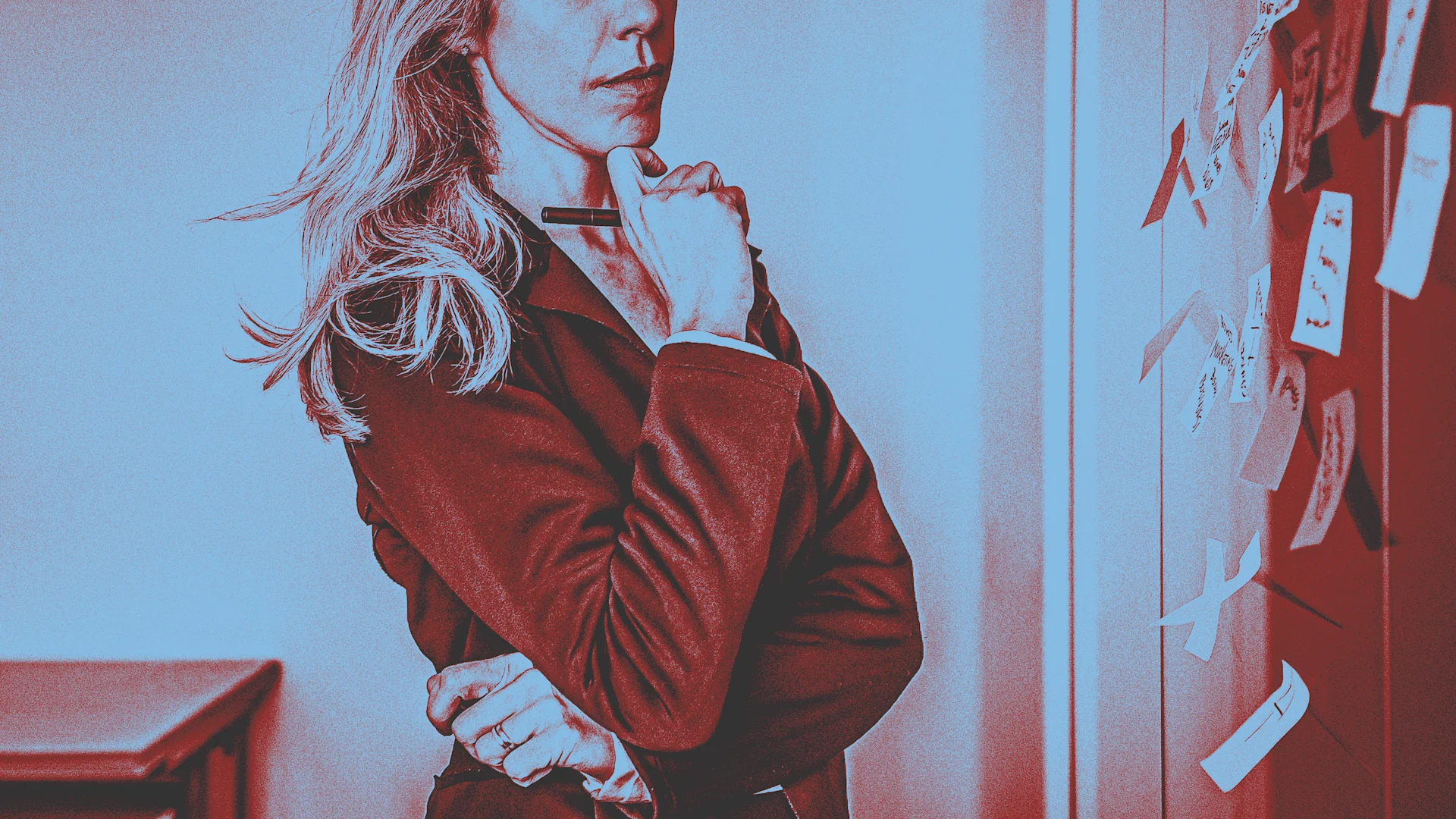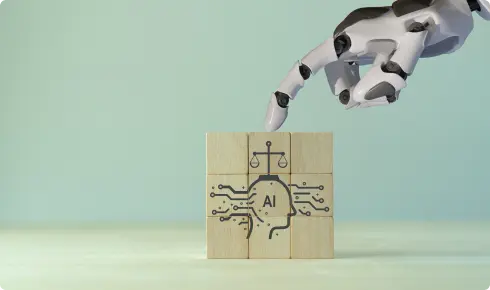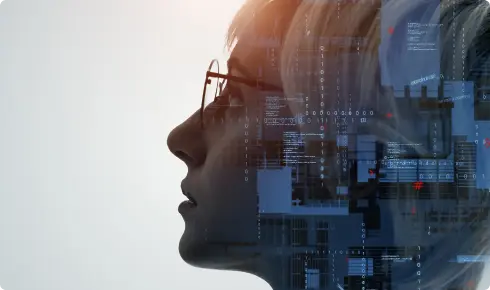
In an age of unanswerable questions, asking the right question might just be the answer.
BY FAISAL HOQUE

Also Featured in LinkedIn Pulse Big Ideas & Innovation.
Apple is universally cited as an innovative company. But does anyone remember the Newton, Apple’s failed personal digital assistant? Or does anyone recall that Apple co-founder Steve Wozniak, who created the Apple I and Apple II computers, then left Apple to form his own company to make the first universal remote control — which flopped?
There are no guarantees in innovation. Most outsourcing deals fail eventually, most technology projects fail, most startup companies fail and most new products fail. It is not surprising that the list of companies failing with innovative, technology-enabled business models seems almost limitless:
HD-DVD — industry analysts estimate that Toshiba lost almost $1 billion supporting the format before abandoning it in 2008. According to analysts there are several factors that led the HD-DVD format to lose out to Blu-ray.
Long-Term Capital Management — a hedge fund, whose electronic black box couldn’t keep up with rapid changes in the real world’s financial markets.
Webvan — the grocery delivery company, whose spending on high-tech gear seemed to exceed its customers spending on groceries.
Now those were smart people, some of the best and brightest in industry. How do we avoid their fate? Perhaps in answer to this unanswerable question we can pose other questions. The management guru Peter Drucker was famed for asking very simple questions when he went into an organization, such as, “Why are we here?” and “What needs to be done?”
His five most important questions, according to one observer, were:
- What is the mission?
- Who is the customer?
- What does the customer value?
- What are our results?
- What is our plan?
Let’s adapt them for our purposes and try to keep them just as simple:
- Does the customer really need what you’re offering? How do you know?
- Can your partners supply what you need in a cost-effective way?
- Is your organization prepared to make the offering? Are the people in the organization working together on the plan?
- Can competitors meet the customer’s need in a simpler, cheaper way? Are you tracking them?
- What can go wrong? Is every voice in your organization being heard, including those you don’t want to hear?
From my own failures, I have learned that thinking about sustainable innovation should begin with rethinking the meaning of “fundamental needs.”
Abraham Maslow, the psychologist, is famed for this “hierarchy of needs,” a framework expressing the idea that human beings have a set order of needs: Water and food come first, then security and ultimately “self-actualization.” People who are hungry are not too worried about self-actualization. Maslow’s work has often been applied to the business world and is said to have influenced such notables as Peter Drucker.
Lets apply this in another direction, and that is the needs of our customers. The five basic needs Maslow identified are: physical, i.e., food and water, safety, a sense of belonging, esteem and self-actualization, i.e., realizing one’s potential.
Does your product or service fit into this framework? Where? So critical is the customer relationship today that we must ask if we are meeting a genuine need, in which case the relationship has more chance of surviving, or just selling something, in which case customer whim can take over. Does your customer really need the 100th iteration of a brand of frozen pizza? Or is that just easy for you to do?
Drucker describes innovation as a delicate dance between perception and analysis. Analysis, with all its discipline, must be based on a perception of change, he writes: “This requires a willingness to say, I don’t actually know enough to analyze, but I shall find out. I’ll go out, look around, ask questions and listen.”
Original article @HuffPost.
[Photo: Flickr user Wikipedia]
Copyright (c) 2015 by Faisal Hoque. All rights reserved.















